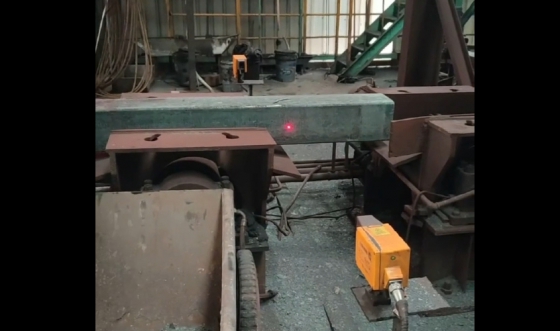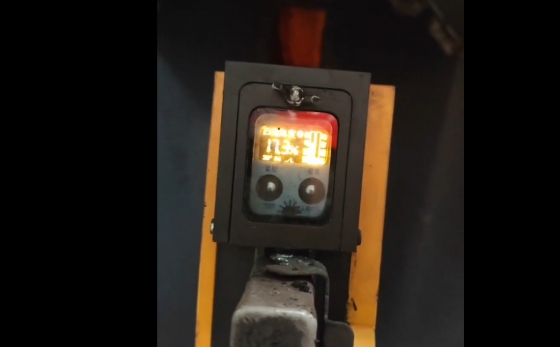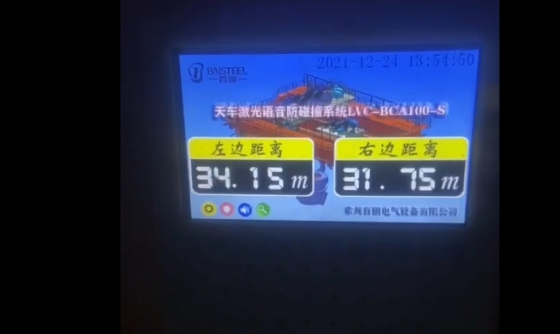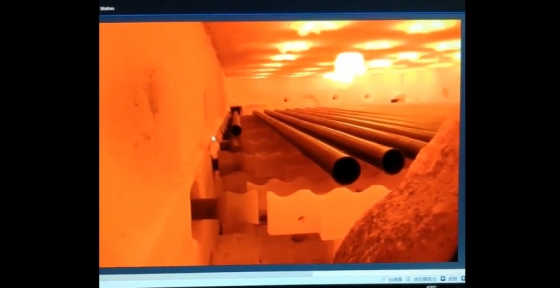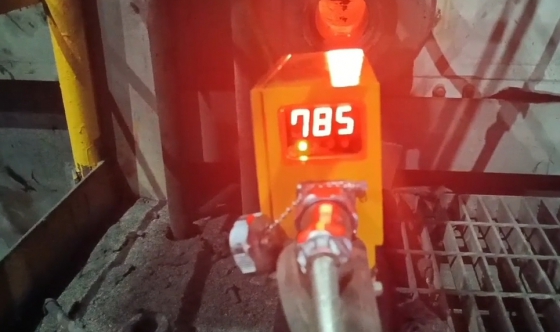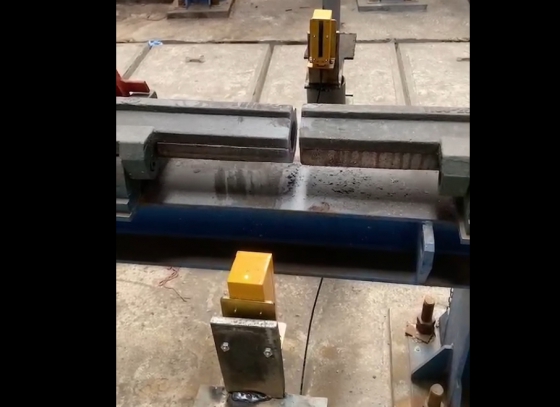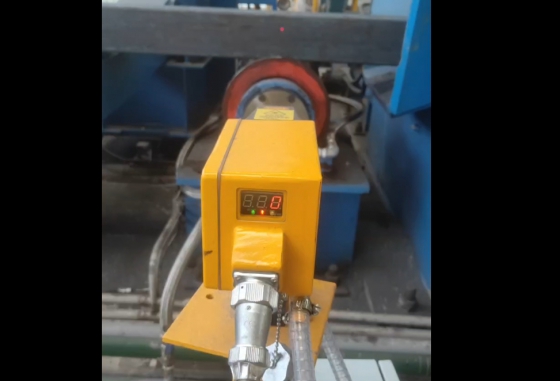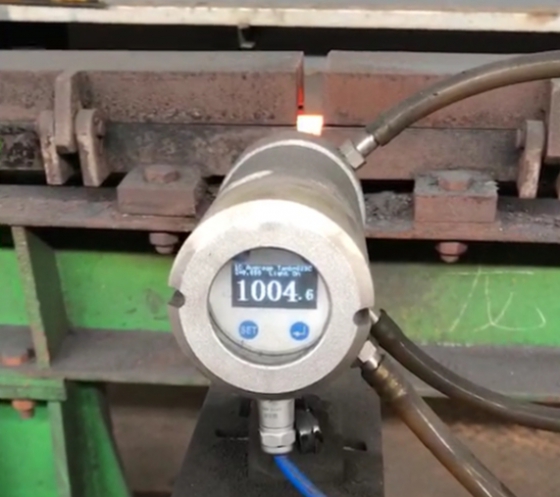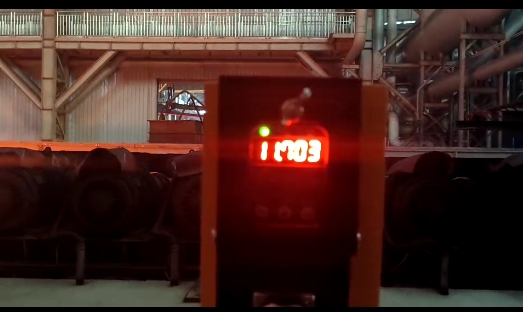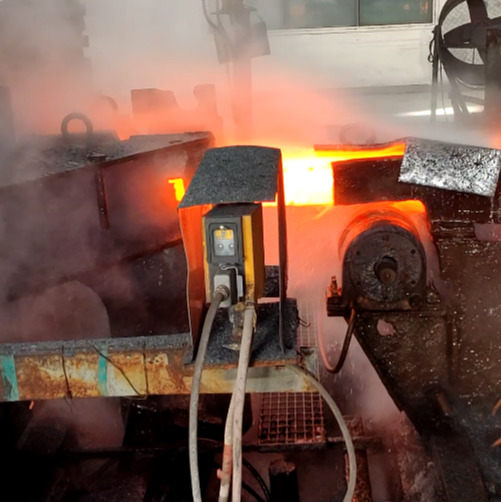Applications of Hot Metal Detectors in Steel Rolling and Steelmaking Production Lines
I. Applications in Steel Rolling Lines
Automated Process Control
Detects the position of billets or steel products to automatically activate/deactivate roller tables, pushers, and other equipment, ensuring continuous production.
Controls shearing timing via synchronized signals to optimize rolling speeds and rhythms, minimizing manual intervention.
Safety Assurance
Monitors the position of high-temperature metals in real time to prevent equipment collisions or personnel entering hazardous zones.
Avoids equipment damage caused by mixing cold and hot metals (e.g., cold steel entering hot rolling mills).
Quality & Efficiency Optimization
Tracks steel temperatures during rolling to ensure compliance with process specifications, reducing scrap from temperature deviations.
Analyzes temperature distribution in cooling sections to optimize cooling rates and enhance mechanical properties.
II. Applications in Steelmaking Lines
Molten Steel & Hot Metal Monitoring
Measures molten steel temperature in converters/electric arc furnaces to refine smelting parameters (e.g., oxygen injection rates, charging timing).
Monitors molten steel levels in continuous casting molds to prevent overflow or flow interruptions.
High-Temperature Safety Control
Tracks the position of molten metal during ladle transport or hot metal pretreatment to mitigate leaks or tip-over risks.
Detects anomalies like furnace door status or equipment displacement to support maintenance planning and prolong equipment lifespan.
Production Continuity
Non-contact detection adapts to harsh environments (dust, mist) to ensure stable steelmaking operations.
Precisely locates billet edges during continuous casting cutting to improve cutting accuracy and reduce material waste.
III. Integrated Technical Advantages
High Precision & Interference Resistance: Laser or infrared technology achieves millimeter-level accuracy, resisting extreme heat (≥1800°C), glare, and dust.
Rapid Response: Millisecond-level detection meets real-time control demands for high-speed rolling and smelting.
Low-Maintenance Design: Mechanical wear-free structure suits long-term high-temperature operations, reducing maintenance costs.
Summary:
Hot metal detectors enable safe, efficient, and precise end-to-end control in rolling and steelmaking lines, serving as a cornerstone of modern metallurgical industry automation.
 Baisteels
Baisteels

